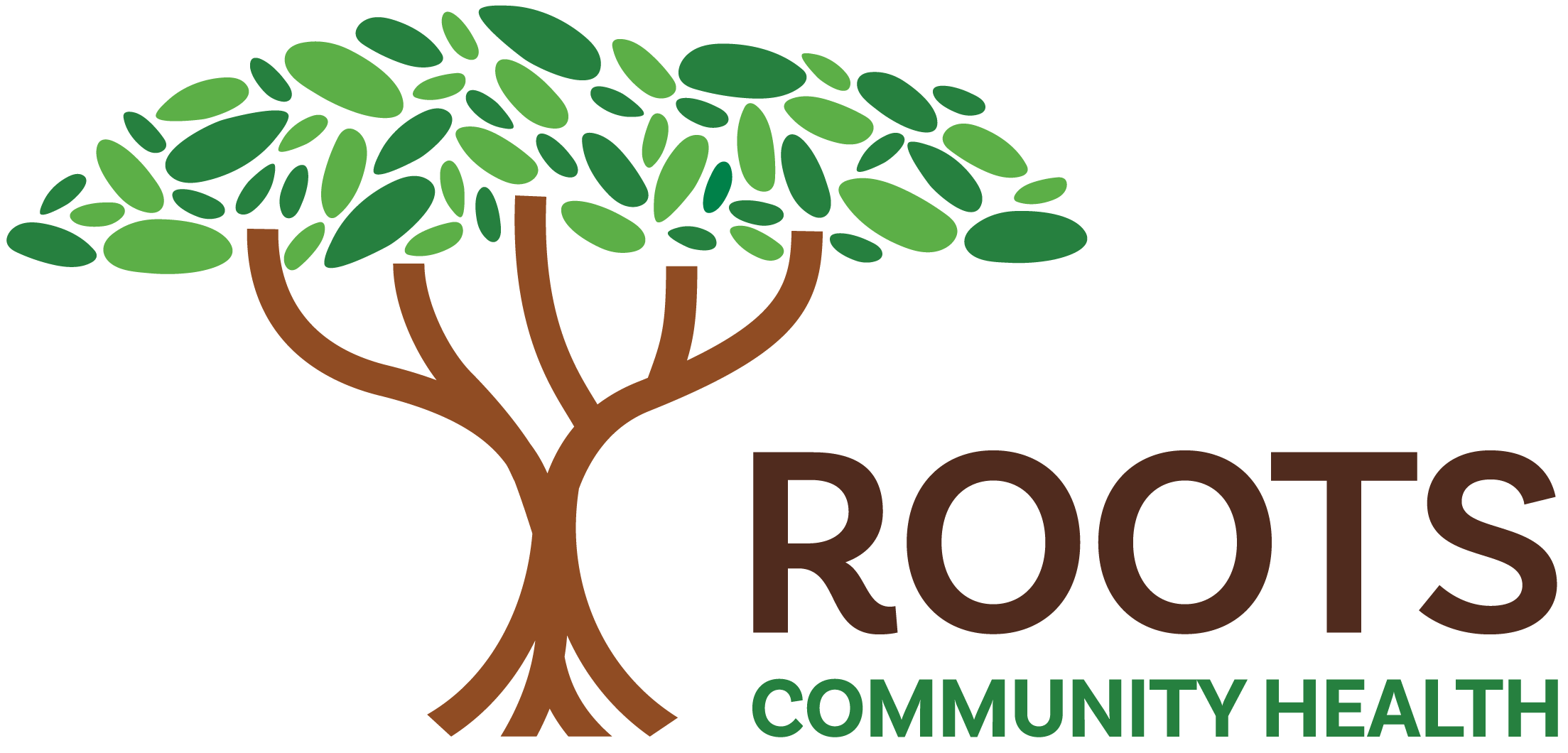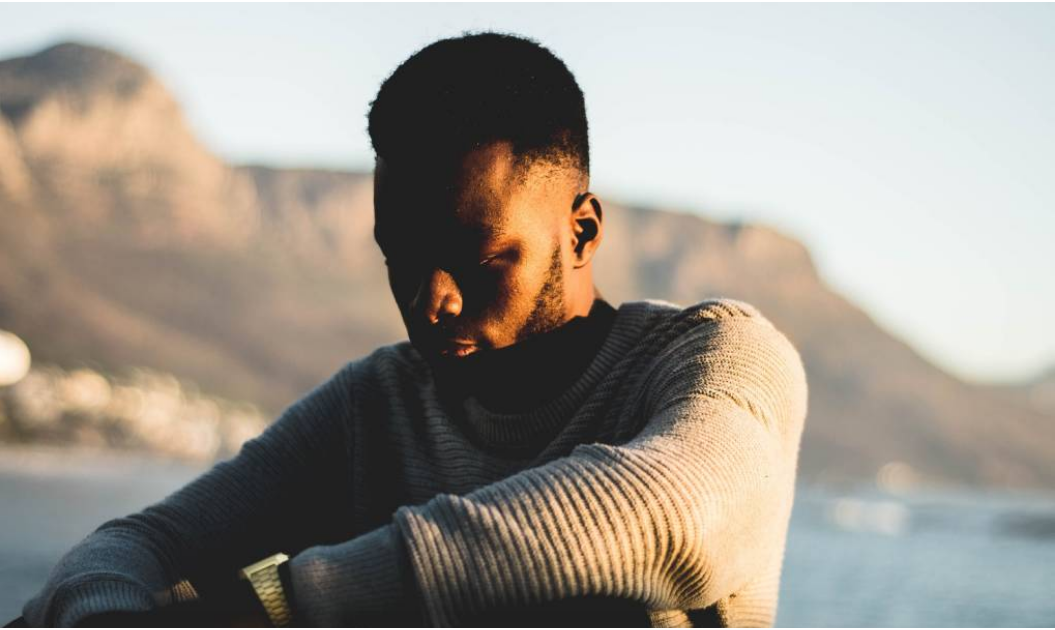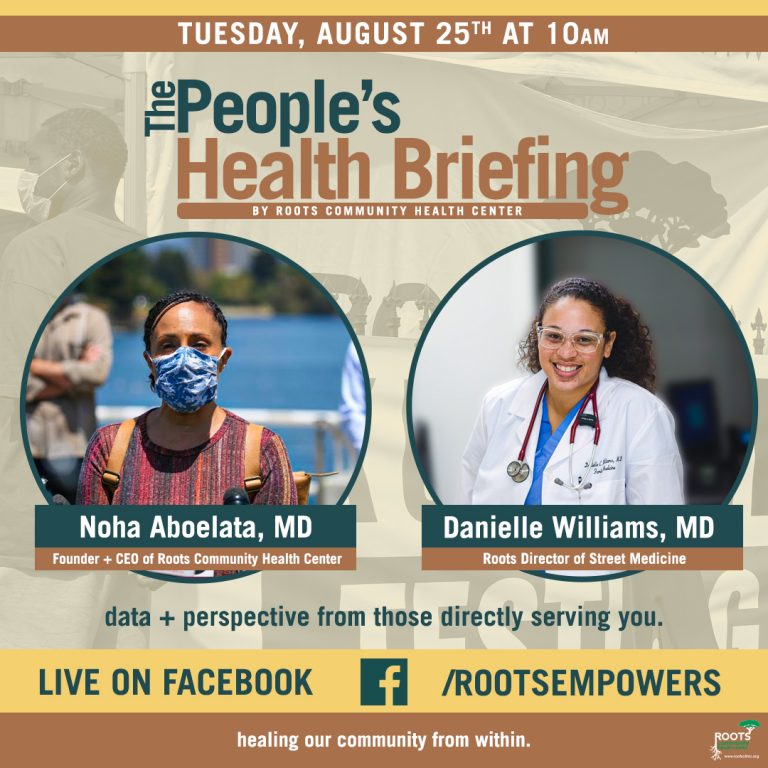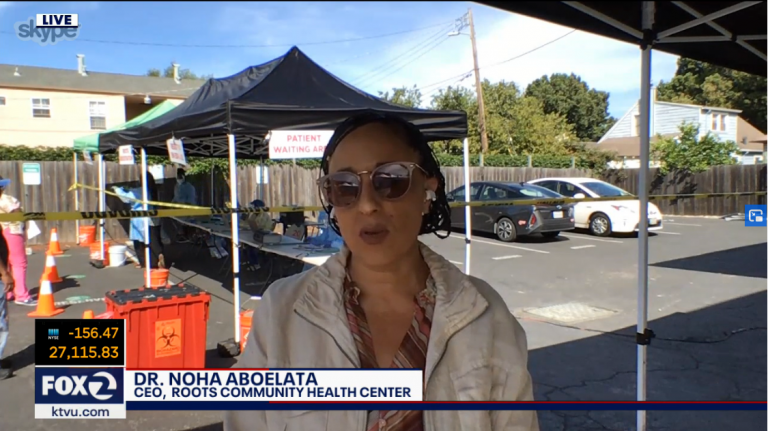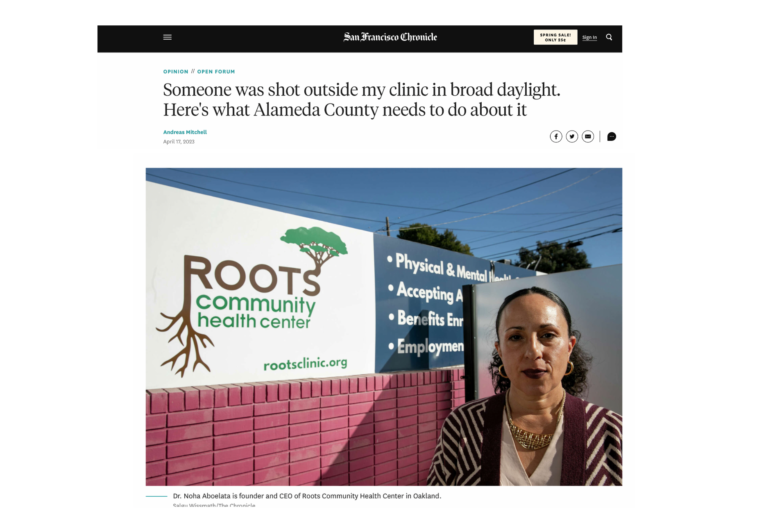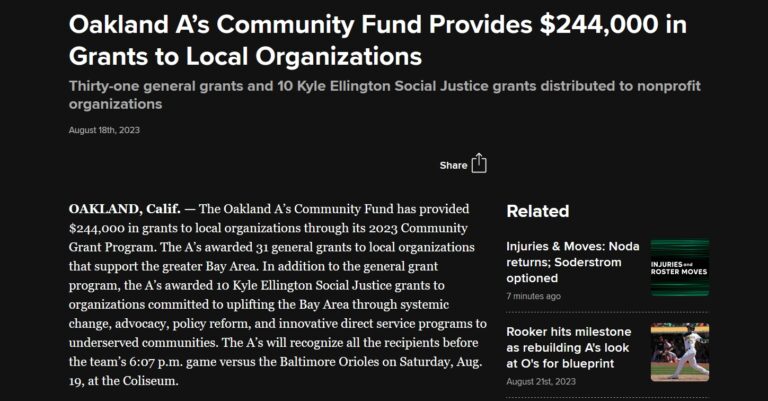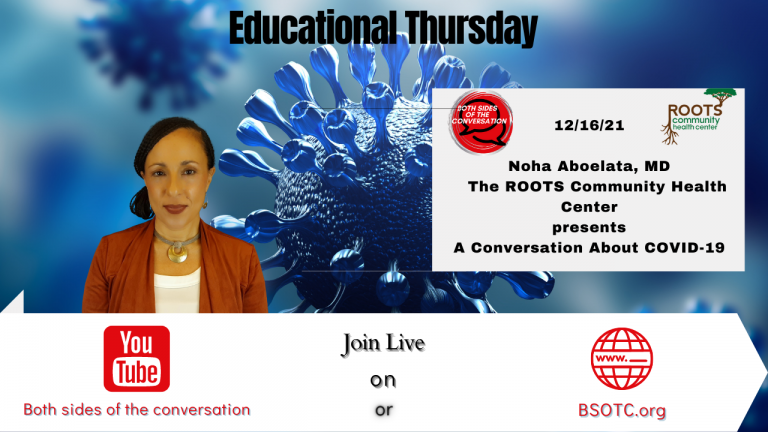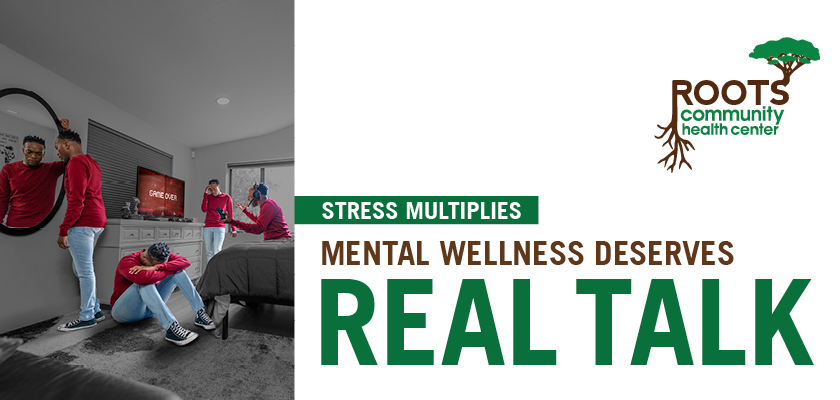Commentary on Hypertension in a Pandemic and Health Challenges for the Black Community
I’ve got a reasonable threshold for pain. Been to funerals and left with dry eyes. But last week I cracked and shed my first few tears of this COVD-19 pandemic.

I was reading this article on the science website Elemental about the disproportionate number of African Americans being impacted by the coronavirus, and I just broke.
“In Michigan, which is only 14% Black, 40% of Covid-19 deaths are Black people. In Chicago, the proportion is higher: 70%,” writes Drew Costley. “In Milwaukee County, where Black people make up 26% of the population, Black people make up 81% of deaths.”
I didn’t get blubbery or anything. A little liquid just jumped over the rim of my eyelid. And really, it wasn’t even about the numbers. It was about all the stories I’ve read that made me ask, What’s a black life worth?
The videos of police violence and conversations about infant mortality rates. The book on Henrietta Lacks and the story of the Tuskegee Study. The list goes on.
I put the phone down to wipe my hairy face. Gotta get it together.
First step—cut the news.
I’m doing more harm to myself by being inundated with all this information—much of which I can’t do anything about. I’m here for being informed. And, as a journalist, it’s my job. At the same time, as an African American man, it’d be wise for me to mind my mental and physical health during these times, and not let my blood pressure get too high.
“Hypertension is our number-one diagnosis amongst the adults that we treat at Roots,” said Dr. Noha M. Aboelata, CEO of the Roots Community Health, during a video call last week.
Dr. Noha, as people often call her, was referring to what her clinic sees regularly, when there’s not a pandemic. When they’re just dealing with the normal run-of-the-mill healthcare disparities.
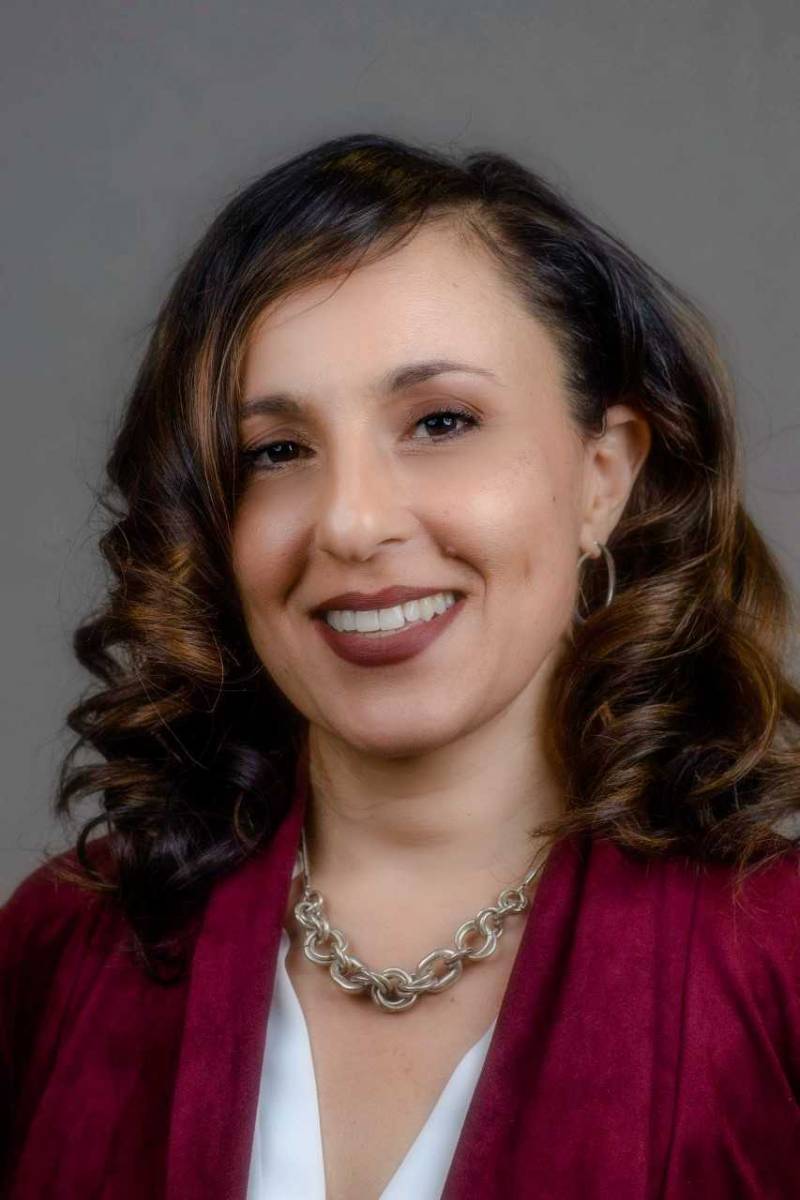
The Roots Community Health, located in East Oakland (with a satellite center in San Jose), serves a demographic that politicians call “the most vulnerable.”
That includes people without housing, people reentering society after being incarcerated and people who simply don’t go to healthcare providers because they don’t trust them. That’s who Dr. Noha’s clinic has worked with since its inception in 2008.
And they’re not just checking people’s blood pressure, they’re looking at contributing factors and offering “wrap-around services.”
The list of those services is long, including Hepatitis C testing and baby-seat installation. She honed in on an aspect I hadn’t thought about: “A big part of health is creating jobs,” Dr. Noha said.
So the organization has programs for people to make natural bath and body products called Clean 360. And there’s a graphic design program that allows people to work for Hamilton Broadway Signs, a business that’s been in operation since 1924.
Dr. Noha says these programs are important anytime, but especially while dealing with the effects of COVID-19. After all, incarcerated people are being released from jails and prisons in efforts to mitigate the coronavirus spread there, but they’re entering a stagnant job market. There has to be support for employment on top of government services and medication.
There’s also got to be case-related information. Granular information.
In an earlier group call with a few elected officials and stakeholders in the East Bay’s black community, Dr. Noha mentioned the need for Alameda County to show COVID-19 cases by gender, race, age and location. Late last week, that request was granted.
The Alameda County Health Department introduced a dashboard showing disaggregated data for COVID-19 cases; it also includes Berkeley (which has its own health department).
Keeping in mind that there are a large number of “unknowns” when it comes to data by race, as of now it doesn’t appear that African Americans in Alameda County are disproportionately impacted.
(Not like in, say, Louisiana, where the majority of deaths from COVID-19 have been African Americans; and where hypertension has been a pre-existing condition in over half of the cases, according to this report.)
But I’m keeping in mind something Dr. Kirsten Bibbins-Domingo said on a recent episode of KQED’s The Bay podcast: that there’s concern for what the post-COVID-19 healthcare world will look like for those who haven’t gone to their healthcare providers for weeks, or months, because they feared contracting COVID-19.
I think about those people who haven’t gone to simply get their blood pressure checked.
A 2016 study from the CDC shows that hypertension is most prevalent among African Americans. The organization and an expert panel of physicians also did a deeper study into hypertension in African American men. A couple things that stuck with me: the cyclical nature of depression and hypertension. First, you’re stressed. And that leads to consuming alcohol, smoking and bad dietary decisions. (I know that’s true for me.)
And that can lead to high blood pressure, or hypertension. Which is scary because there are no symptoms, but there are suggested remedies. The CDC lists three in particular: awareness (knowing), treatment (medication) and control (monitoring).
Dr. Noha says that when she found out hypertension increased the risk of COVID-19, she knew there was an issue.
“It’s one of the reasons why our men in particular are dying so much younger,” says Dr. Noha. “Cardiovascular diseases oftentimes stem from uncontrolled hypertension. And so many people don’t even know that they have high blood pressure. So the fact that this was a risk factor for this virus was just like, the height of it being just unfair.”
And she has a suggested approach for dealing with COVID-19, as well as other diseases. “I think we need to take a very hyper-local approach to what is happening,” says Dr. Noha. “Our ability to have accurate data that is as granular as possible is going to be what’s going to really help us to have better strategies to kind of mitigate the impacts of this pandemic.”
My solution? I can’t just not watch the news. Again, it’s my job.
Nope. Can’t just sit here crying either, especially when I know the numbers only tell a portion of the story.
Do you know how many black folks will be sick and not leave the house? You know how many of my loved ones consider ginger ale a cure? Do you know how fast I went to JJ’s for fried fish on Friday afternoon after being stressed all week?
I figured the seasoning on the prawns would replenish the salt I’d lost through tears. And the way the news goes, soon, the cycle will start over again.
